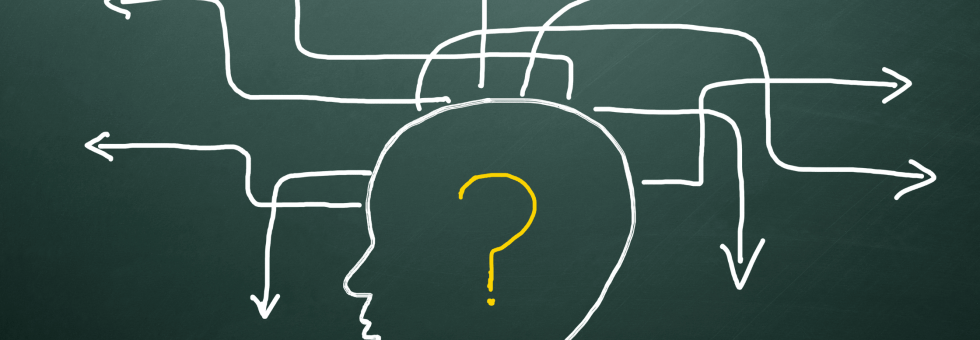What Are Decision Trees, and How Do They Work?
Decision trees are a popular machine learning algorithm used for both classification and regression tasks. They work by splitting the data into subsets based on feature values, forming a tree-like structure of decisions. Each internal node represents a decision based on a feature, each branch represents the outcome of a decision, and each leaf node represents a final prediction or classification.
Key Concepts:
- Root Node: The starting point of the tree, representing the entire dataset.
- Internal Nodes: Nodes that split the dataset based on a specific feature value.
- Leaf Nodes: The endpoints of the tree that provide predictions or classifications.
- Splitting Criteria: Decision trees use algorithms like Gini Impurity or Information Gain to determine the best splits.
By recursively splitting the data, decision trees create a model that can make predictions by following the path from the root to a leaf node.
Implementing Decision Trees Using Scikit-Learn
Scikit-Learn provides a simple interface for building decision trees with its DecisionTreeClassifier class. Let’s explore how to use it in Python.
Example: Predicting Whether a Customer Will Buy a Product
Problem
We aim to predict whether a customer will buy a product based on two features: their income level and age.
Code Snippet
from sklearn.tree import DecisionTreeClassifier
# Dataset: Features (X) and labels (y)
X = [[1, 2], [2, 3], [3, 4], [4, 5]] # [Income, Age]
y = [0, 0, 1, 1] # 0: Won't buy, 1: Will buy
# Initialize the Decision Tree Classifier
model = DecisionTreeClassifier()
# Train the model on the dataset
model.fit(X, y)
# Predict whether a customer with income 2.5 and age 3.5 will buy the product
prediction = model.predict([[2.5, 3.5]])
print(f"Predicted class: {prediction[0]}")
Explanation
- Dataset:
- : Input features, where each row represents a customer’s income and age.
- : Target labels, where 0 indicates no purchase and 1 indicates a purchase.
- Model Initialization:
DecisionTreeClassifieris used to create the decision tree model.
- Training:
- The
fit()method trains the model by identifying the best splits based on the input data.
- The
- Prediction:
- The
predict()method uses the trained tree to classify new data points.
- The
Fun Fact: Decision Trees Mimic Human Decision-Making
Decision trees closely resemble how humans make decisions. For example, when deciding whether to carry an umbrella, we might consider factors like the weather forecast and whether it’s cloudy. This interpretability makes decision trees easy to understand and explain.
Conclusion
Decision trees are a powerful and intuitive tool for both classification and regression problems. Using Scikit-Learn, you can quickly build and train decision tree models for a variety of use cases. By mastering decision trees, you’ll be better equipped to explore more advanced machine learning techniques.
Are you eager to dive into the world of Artificial Intelligence? Start your journey by experimenting with popular AI tools available on www.labasservice.com labs. Whether you’re a beginner looking to learn or an organization seeking to harness the power of AI, our platform provides the resources you need to explore and innovate. If you’re interested in tailored AI solutions for your business, our team is here to help. Reach out to us at [email protected], and let’s collaborate to transform your ideas into impactful AI-driven solutions.





